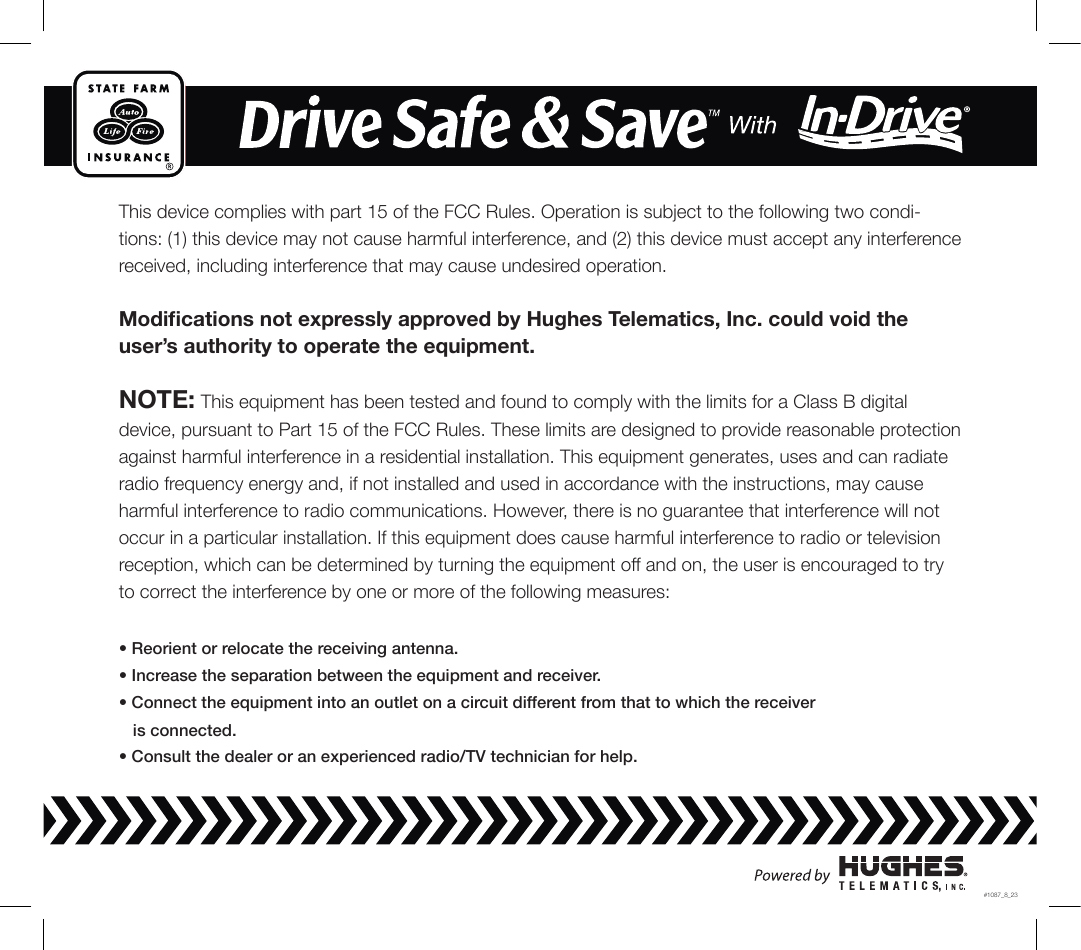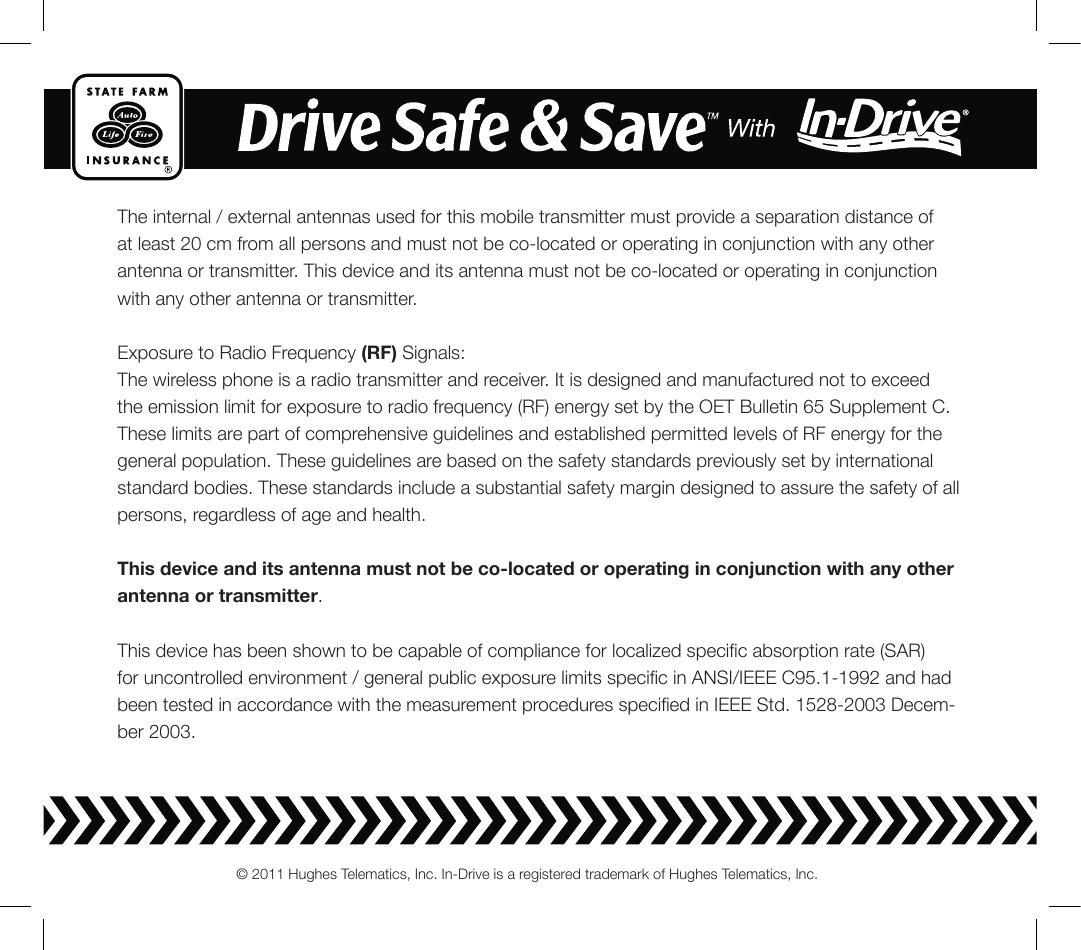Verizon Connect AT-100 Dongle connecting to the automotive OBD port. Dongle has GSM radio, GPS receiver, Bluetooth radio. Primary usage is automobile tracking. User Manual AT 100 UsManC
Verizon Telematics Dongle connecting to the automotive OBD port. Dongle has GSM radio, GPS receiver, Bluetooth radio. Primary usage is automobile tracking. AT 100 UsManC
Contents
- 1. AT-100_UsMan
- 2. AT-100_UsManC
- 3. AT-100_UsManCom
AT-100_UsManC

